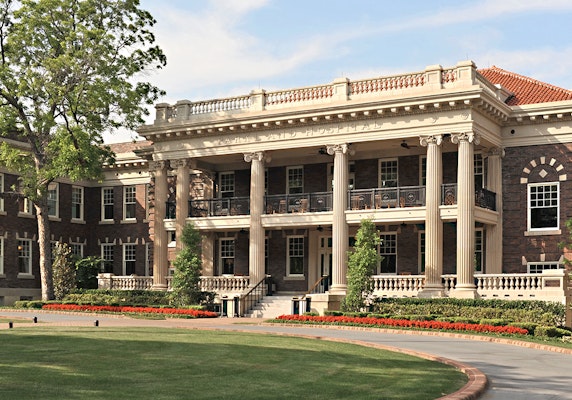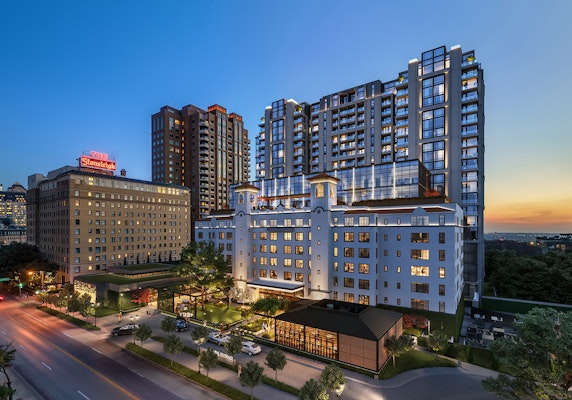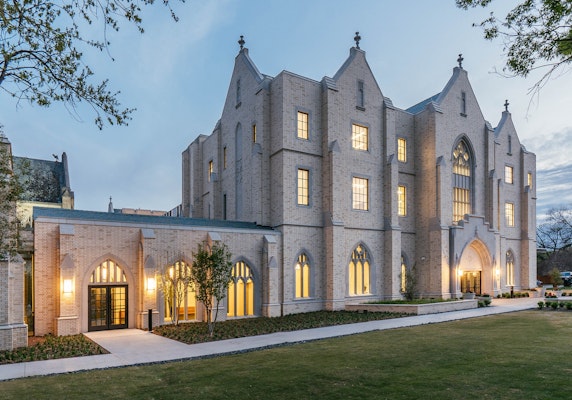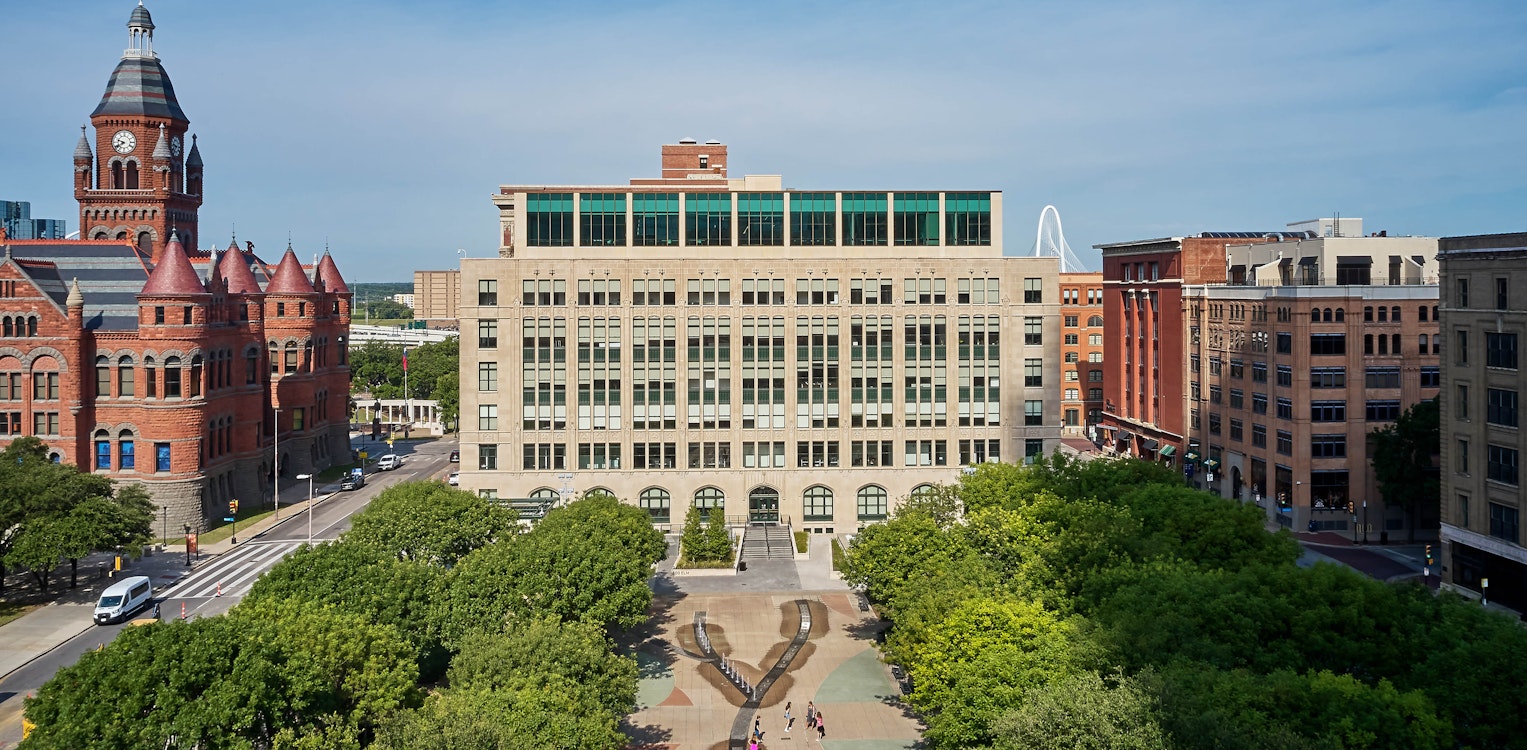
Dallas County Records Complex
Location
Size
Design Architect
The Dallas County Records Building Complex consists of three buildings: the old Dallas County Criminal Courts Building, the Dallas County Records Building and the Records Building Annex. This complex is composed of three approximately 7-story buildings built in 1917, 1927 and 1953. It provides offices for several hundred county employees and requires significant structural renovations to bring the buildings up to current structural standards and to meet present-day building codes.
The $200M renovation project was completed in 2022 and was the largest historic renovation project in Texas.
Process
Renovation of the Dallas County Records Building was completed in 2022. This facility is composed of three approximately 7-story buildings built in 1917, 1927 and 1953. The original designs did not focus on a functional tie between the buildings. One of the buildings was a Criminal Courthouse where Jack Ruby was being tried when he died. This courtroom will remain as a historic area of the building. The jail cells existed in two of the buildings, which had to be removed. In one of the buildings, the jail cells generated low floor heights that could not be used in the adaptive reuse.

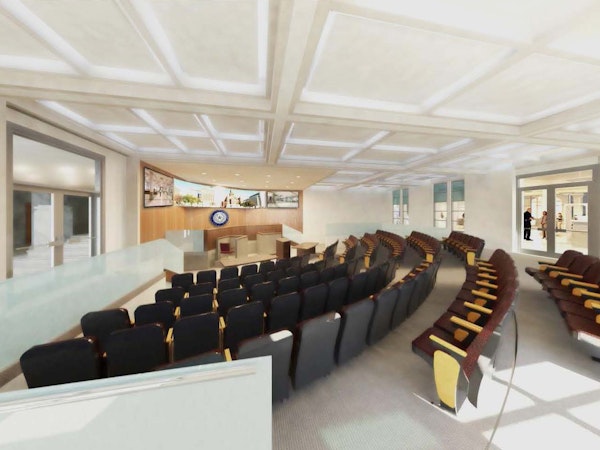
The architects ultimately proposed to remove and replace floors to line up between the three buildings to make access between the buildings easier and improve the functional use of the building. The buildings are registered as historic buildings and the façade of the building had to be preserved and protected during the demolition of the existing floors and construction of the new buildings. Datum created a construction sequence of events to accomplish this goal in a straight forward and economical manner. Our scope of work was expanded to include designs for the bracing of the historic façade.
This change in project scope was in budget with much credit given to Datum for creating an economical approach and sequence of events. The project included adding an additional floor on the roof of two of the existing buildings. This addition required an extensive review of the foundations and structure to be left in place to support the new wind forces, as well as meet the present building code. The original buildings were not designed to comply with the present International Building Code, which added to the complexity of this major assignment.
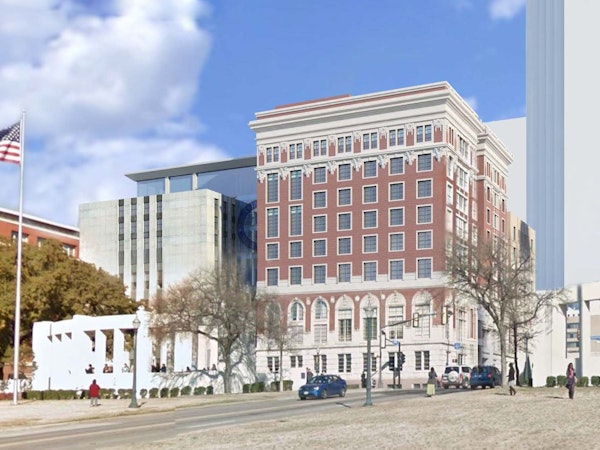
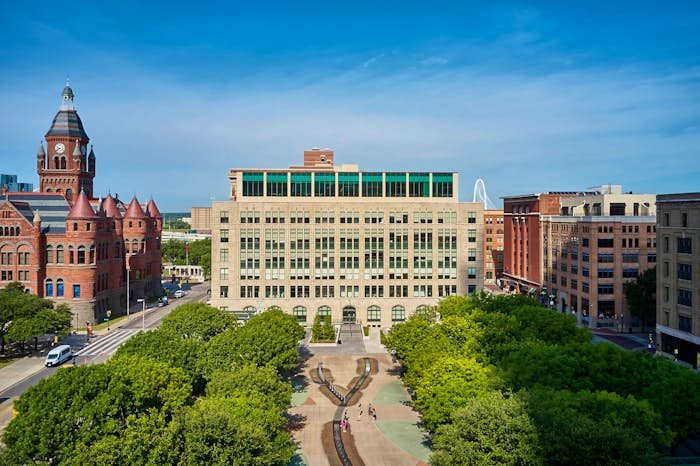
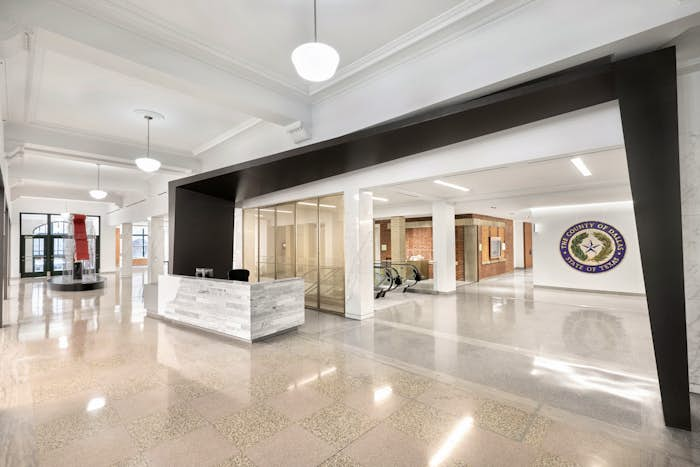





Key Team Members
Awards
2024 NCSEA Excellence in Structural Engineering Award
2024 SEAOI Excellence in Structural Engineering Awards, Best Renovation
Certified LEED Silver
First government building in the state to obtain the WELL building standard certification for health and well-being. It has optimized energy performance, offers superior indoor air quality, uses sustainable materials and has a stormwater collection system for water reuse.




